It is February 1991.
Slovenia continues to work on its independence from Yugoslavia [you can listen to the first episode of BarBalkans - Podcast here].
Meanwhile, on another front, all the conditions are set out for the outbreak of a civil war in the region.
We are in Croatia.
In an escalation of tension and violence, it is impossible to determine the dawn of the Yugoslav Wars.
Because the Ten Years’ War is nothing more than a beginningless war.
Promised lands for ethnic minorities
While the death of Yugoslavia is taking place in the capitals of the future nation States, the small town of Knin (between Zadar and Split) is preparing the main ingredient for the next 10 years of war.
The ethnic hatred.
In Knin, the self-proclaimed Republic of Serbian Krajina (SAO Krajina), the political entity of Serb-populated areas, is about to declare its independence from Croatia.
Considering the probable dissolution of the Federation, the aim of the Serbs in Krajina is to prevent any ambition for control by the future Croatian authorities.
In the Socialist Republic of Croatia, Serbs represent 11.6% among 600 thousand people. In particular, they live in the eastern region of Slavonia, in the Dalmatian hinterland of Knin and in Banija, south of Zagreb.
In Tito’s Yugoslavia, Serbs of Croatia consider themselves as a fragment of the Serbian nation, part of the majority.
In the perspective of Zagreb’s independence, a new problem emerges. These Serbs would turn into a minority, in a country that is calling itself “the national State of Croats”.
However, according to the diktat of the Serbian president Slobodan Milošević, «where there is a Serbian grave, there is Serbia». And Croatia becomes a land of ethnic divisions.
Between the end of January and the beginning of February 1991, the SAO Krajina establishes in Knin the “Regional Secretariat for Internal Affairs”, appointing Milan Martić as the head.
Already in 1990, Martić defined the borders of Krajina:
«This is a large region. It includes six municipalities that we already control - Knin, Obrovac, Benkovac, Gračac, Donji Lapac and Titova Korenica. In addition, we are annexing other six municipalities: five in the Kordun and Banija areas, plus Pakrac in Slavonia».
Together with Serbia, Montenegro, Bosnia and Slavonia, this territory would be a respectable State in the heart of the Western Balkans.
But we have to debunk one of the many urban myths created by disinformation in Yugoslavia.
Krajina, as a political and geographical entity, has never existed.
Krajina means march. It was the buffer zone between the Austro-Hungarian Empire and the Ottoman Empire, inhabited by Serbian populations charged by Vienna to prevent the northern advance of the “infidels”.
This explains the consistent Serbian presence in the region.
A few months before the dissolution of Yugoslavia, the ethnic composition of the population is already the basis for the upcoming conflicts.
How to plan a secession
On February 28, the Serbian Autonomous Oblast of Krajina declares its birth.
Meanwhile, in Belgrade there is already a plan for Croatia: its code name is RAM Plan.
Ram, as frame: the plan defines the western borders of the Greater Serbia, where all the Serbs would live in the same State.
General Veljko Kadijević’s plan is divided into two phases.
First, a series of popular riots and piloted accidents provoke the reaction of the Croatian police. The Yugoslav People’s Army has the excuse to intervene in defense of the «unarmed Serbian people».
Second, Croatia is isolated, paralyzed and divided into 4 sectors. The «Serbian areas» are militarily occupied and the new borders are established along the line that runs south from western Slavonia towards Krajina.
With the new borders, 62% of the Socialist Republic of Croatia’s territory would be in the hands of the Serbs.
Unfortunately, there is a slight detail. In these lands, about 4 out of 5 people are Croats, Hungarians or other non-Serbs ethnic groups.
Belgrade considers this “inconvenience” as irrelevant.
Starting from the end of February, from Krajina to Slavonia, the pattern is always the same.
Where Serbs are the majority or a sizeable minority, Croatian police officers and officials are expelled.
Mines and bombs blow up Croatian shops and houses.
If the counter-offensive starts, the federal tanks arrive. In principle, they should separate the warring parties, in practice they allow Serbian militias to hold their positions.
The checkpoints of the autonomous Serbian provinces are trunks, petrol cans, or Yugoslav flags with the Chetnik cross with the 4 Cyrillic Ss (C). They stand for Samo sloga Srbina spasava, "Only unity will save the Serbs”.
The first stone is cast in Western Slavonia. Precisely, in the town of Pakrac.
On the last day of February, a group of armed rebels surrounds the town hall and the police station.
Officials and police officers loyal to Zagreb are captured. The armed group declares that, from then on, the town will be placed under the administration of SAO Krajina.
Zagreb sends reinforcements. About 200 men, divided in small commandos, arrive in Pakrac: they storm easily the two buildings and arrest 180 insurgents.
There is no victim, neither among Croatians nor among Serbs of Croatia. But the federal army nevertheless intervenes to «divide the warring parties and prevent new clashes».
Even worse, the Serbian press reports Zagreb’s action as a real act of war. Radio Belgrade talks about the killing of 6 Serbs. The newspaper Večernje Novosti even specifies who the (11) victims are.
A pope dies on page 1, he is only wounded on page 2, but - almost miraculously - he is interviewed on page 3.
It is only February, but the propaganda war has already begun.
Waiting for the “Butchers”
Before the war begins, the Yugoslav People’s Army is already starting to line up on the future battlefields.
The Croatian deserters join the new Zagreb’s army (in April, officially the Croatian National Guard).
However, most of the federal army is beginning a transformation process: from socialist to Serbian nationalist military force.
Thanks to instructors and weapons sent from Belgrade, the Chetnik militias rise in the territories of Croatia and Bosnia, inhabited by Serbian minorities. The Chetniks are the Serbian paramilitary formations that will be in charge of all the dirty works.
Their specialty is ethnic cleansing and terrorist actions, with a good dose of sadism.
The age of the “Butchers” is beginning.
During the 10 years of civil war, the “Butchers” are countless. But the most ruthless one takes the first steps right between Slavonia and Krajina. He is Željko ‘Arkan’ Ražnatović.
Ražnatović and his men - the Serb Volunteer Guard, better known as the Arkan’s Tigers - will be the solution to every ethnic “problem” that Belgrade has to get rid of.
While the paramilitary troops of the Knin militia’s commander, Milan Martić, wear WWII uniforms decorated with medieval religious symbols, Arkan’s men are more disciplined.
Shaved heads, black tracksuits, frequent cleaning. The thousand criminals under his command are the complete opposite of traditional long-bearded Chetnik fighters.
Even the “picturesque” must be functional. Each Tiger has a sharp-edged spoon. It is used to rip the eyes from the heads of the victims, before killing them.
In agreement with the generals of the federal army, Ražnatović does the dirty work in Croatia and then in Bosnia. He is convinced to fight a real war:
«We are not paramilitary militias, we have always been on the side of the Army».
His men are recruited among the hooligans of the Red Star Belgrade (Ražnatović is the leader since 1986), and in the Serbian capital’s jails.
We will find them in several episodes of ethnic cleansing, with hundreds of deaths among non-Serbian civilians on their conscience.
Nevertheless, the Tigers will be blessed by the Serbian Orthodox Church. Nobody can resist the temptation to play a leading role in this beginningless war.
I wanted to thank you for contributing to this product. With your help, it was possible to finance the first technical device of this newsletter/podcast: a condenser microphone, which improved the sound quality.
If you liked this article, you can spread this parallel journey and the free weekly newsletter on social media:
You can also give a gift subscription to whoever you want. Don’t let this virtual trip to the Balkans get lost!
Here is the archive of BarBalkans - Podcast:








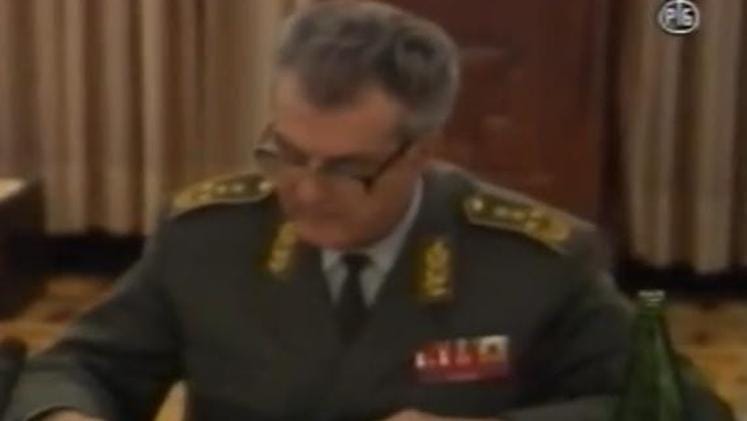


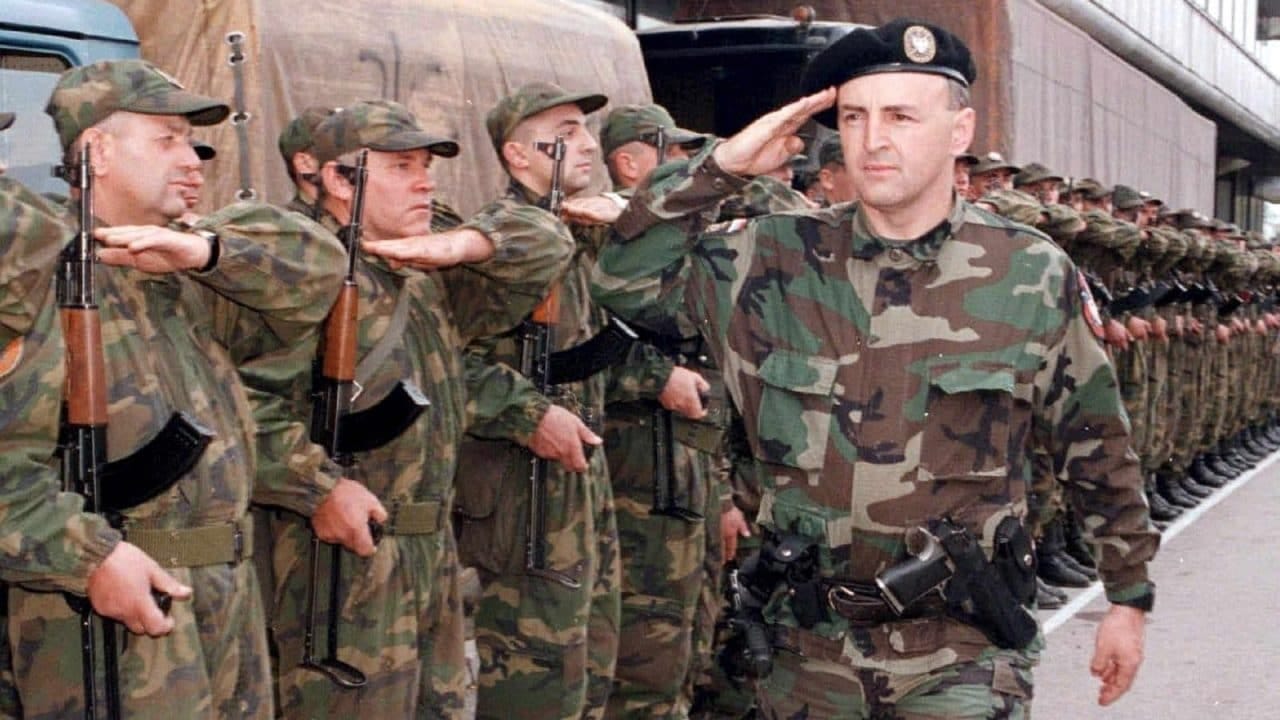
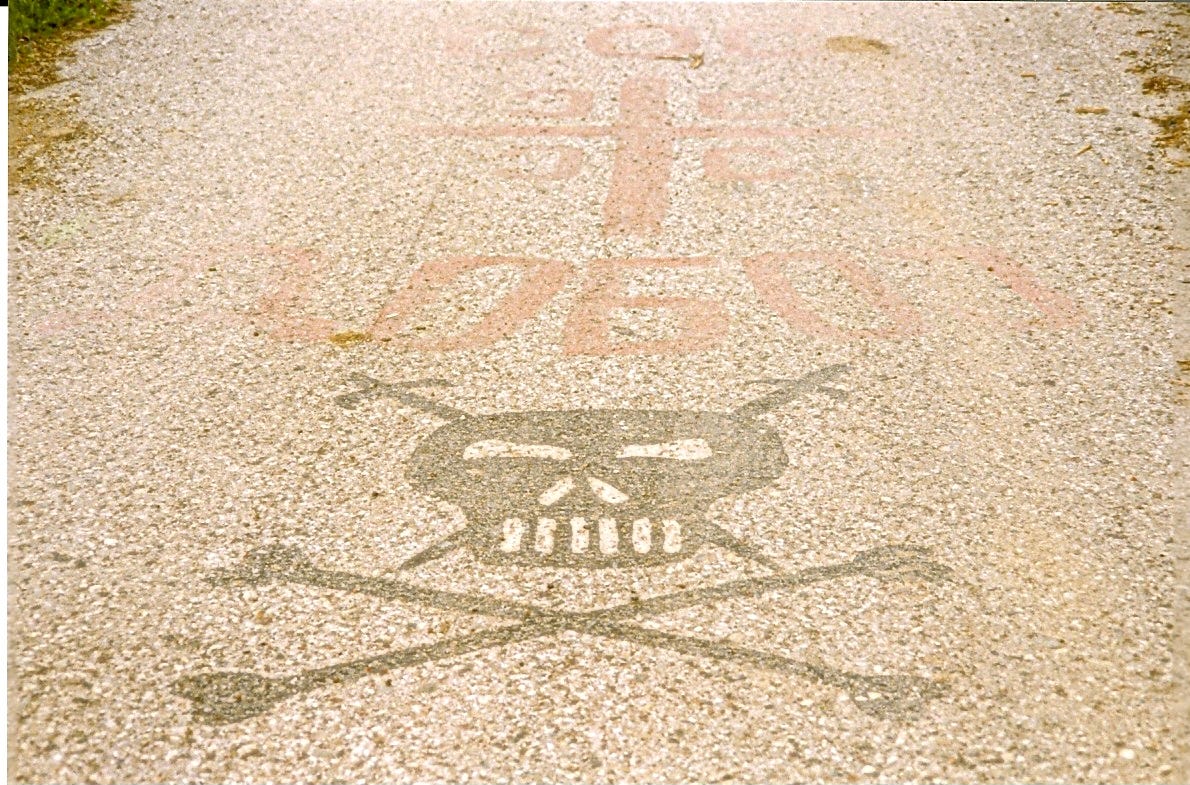





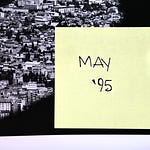


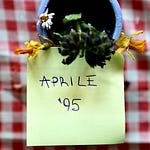
Share this post